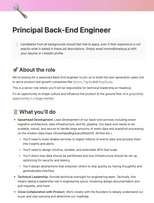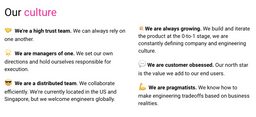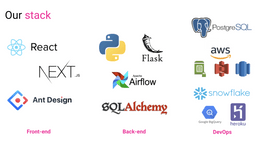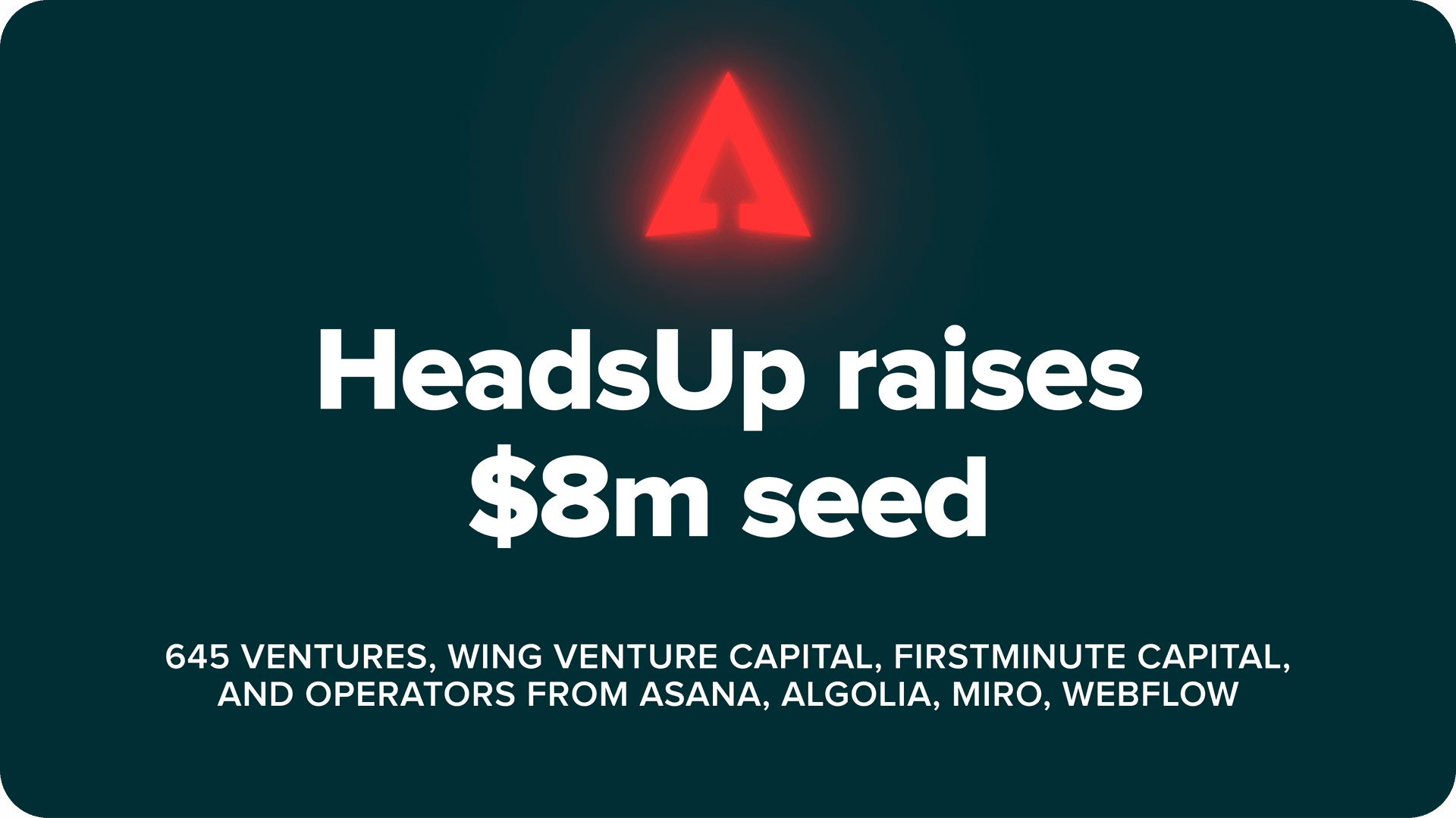Overview
It’s a blistering hot and competitive market for technical talent right now. There’s an unprecedented amounts of venture capital being raised and deployed, and a lot people are thinking about a job change during COVID.
This situation is even more perilous for startups, who already face an uphill battle competing for tech talent against late stage, IPO, and FAANG companies.
Hiring well can make or break a business, and a startup’s ability to hire will increasingly be a differentiator.
This week, we’ll walk through tactics that we’ve found successful at HeadsUp.
Preparation and content
Problem statement: how do we standout in this competitive environment and attract the right candidates?
Before actual recruiting, you should invest in content as it will make the interview process more efficient/fruitful. Across the various pieces of content below, you want to showcase the following:
1️⃣ The job description: the JD is the most important document for recruiting. It’s also important because it forces you to think deeply about what candidate you’re looking for. There are 4 key sections in a JD: (a) about the role, (b) what you’ll do, (c) what we’re looking for, (d) benefits.
About the role: 1-3 sentence overview about the role and opportunity.
What you’ll do: an articulation of the day-to-day of the job. You have a chance here to describe how interesting and special this job is.
What we’re looking for: here, you want to describe the necessary skills and ideal background of the candidate. Allowing for flexible qualifications, and years of experience as optional will encourage diversity. Diversity is something we’re still working on at HeadsUp.
Benefits: this is an opportunity to showcase the company’s way of work and what it cares about. For us, HeadsUp is a fully remote team and we talk about our off-sites at exciting locations like Bali, Hawaii and Singapore. Perks like Maternity leave and support for diversity initiatives help to attract a broad set of talent.
Careers page — here, you want to give the candidate an idea of what it’s like to work at your company.
- The mission / why we exist — the best companies have employees mission-driven so you’ll want to find folks who find your mission compelling. It’s also hard (and a bad idea) to compete on cash compensation as a startup, so finding folks who resonate with and believe in the mission is very important.
- Key values — what’s the culture of the company? What do the founders and employees care about and often times more importantly, what don’t they care about?
- Basic information about the company — backgrounds of founders and employees, $ raised and from whom, state of the product and business.
- Benefits — even though you have this in the JD, it makes sense to repeat this in the careers page as it’s something people care about.
- Open positions — this is self explanatory.
- [Optional] Viewbook — we created an “Engineering@HeadsUp” viewbook that talked about our tech stack and current workstreams in detail. Prospective engineers found this extremely useful as it gave them a really good idea of the problems we worked on and what the day-to-day would be like. It made the first interview conversation more fruitful as I didn’t have to spend 15 minutes explaining the same basic things over and over again to every candidate.





